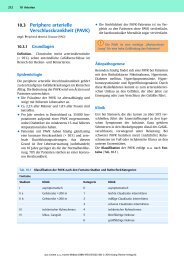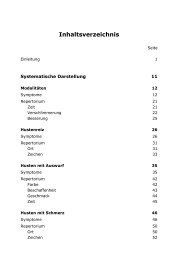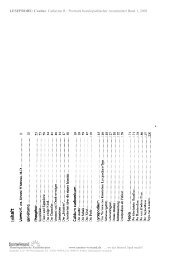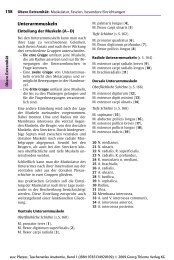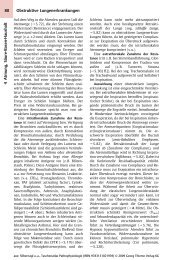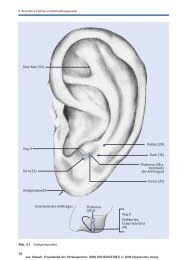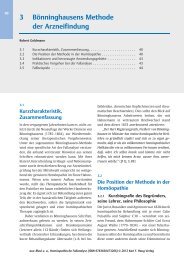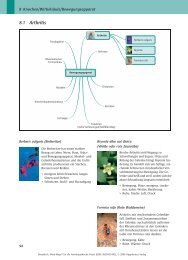alphabetical index of plant families and groups - Sunrise Versand
alphabetical index of plant families and groups - Sunrise Versand
alphabetical index of plant families and groups - Sunrise Versand
Create successful ePaper yourself
Turn your PDF publications into a flip-book with our unique Google optimized e-Paper software.
MATERIA MEDICA [AMERICAN OR CHINESE] GINSENG Gins.<br />
Sources<br />
1 Proving Jouvé [France], 2 provers, tincture, c. 1834.<br />
2 Self-experimentation Lembke [Riga], including effects observed on ‘B.’ <strong>and</strong> ‘Q.’;<br />
tincture; c. 1848.<br />
3 Proving Nancy Herrick [USA], 8 provers [6 females, 2 males]; no further details.<br />
[Proving conducted with the ‘same combination <strong>of</strong> American <strong>and</strong> Korean<br />
ginseng as had been used in the previous studies.’]<br />
Identity<br />
The homeopathic materia medica is arranged under the name Ginseng, Panax<br />
quinquefolius, American ginseng. However, it is doubtful whether American<br />
ginseng was the source <strong>of</strong> the remedy used for the provings, which were done in<br />
Europe in the 1830–40s. Dr. M. Jouvé, <strong>of</strong> Lyon, France, introduced the remedy<br />
into homeopathy under the name Gins-eng, made from the roots <strong>of</strong> <strong>plant</strong>s<br />
imported from China. Roth, who arranged the symptoms, called it ‘Ginsengchinense’!<br />
That Dr. James Lembke, <strong>of</strong> Riga in what was Russia at the time,<br />
probably also used Chinese ginseng can be no more than a likely yet unsubstantiated<br />
presumption. In prominent usage in ancient China, Manchuria <strong>and</strong> other<br />
parts <strong>of</strong> eastern Asia for centuries, Chinese ginseng was introduced into Europe<br />
[Paris] in 1704. The remedy nonetheless received its name after the American<br />
species, the reason for which must have been T.F. Allen’s underst<strong>and</strong>able yet<br />
incorrect claim in his Encyclopedia: ‘American <strong>and</strong> Chinese species [are] probably<br />
identical.’<br />
Mind<br />
� Mood quiet <strong>and</strong> contented, & good courage. 2<br />
� Generally calm mood, yet subject to impatient impulses <strong>and</strong> fear <strong>of</strong> accidents,<br />
& disposition to weep an anxiety about future. 1<br />
� Forgetful, forgets things that have just taken place. 1<br />
� Increased self-confidence, feels capable. Contented with self. Self-sufficient. 3<br />
� Delusions: Body being enlarged; separated from body; being exp<strong>and</strong>ed; being<br />
a great person; being powerful; <strong>of</strong> superiority. 3<br />
� Impatience with conversations, with people, with small talk. 3<br />
Generals<br />
© Saltire Books Ltd<br />
� Pressure, tightness, oppression. 2<br />
� Distressing dryness, parts sticking together – mouth, lips, throat; < open air,<br />
talking. 2<br />
� Lassitude evoked by coldness. 1<br />
� Weakness 4–8 p.m. 3<br />
� Right side more affected. 1<br />
� Desire for chocolate, meat, red wine. Aversion to flour tortillas. 3<br />
Family ARALIACEAE 503



